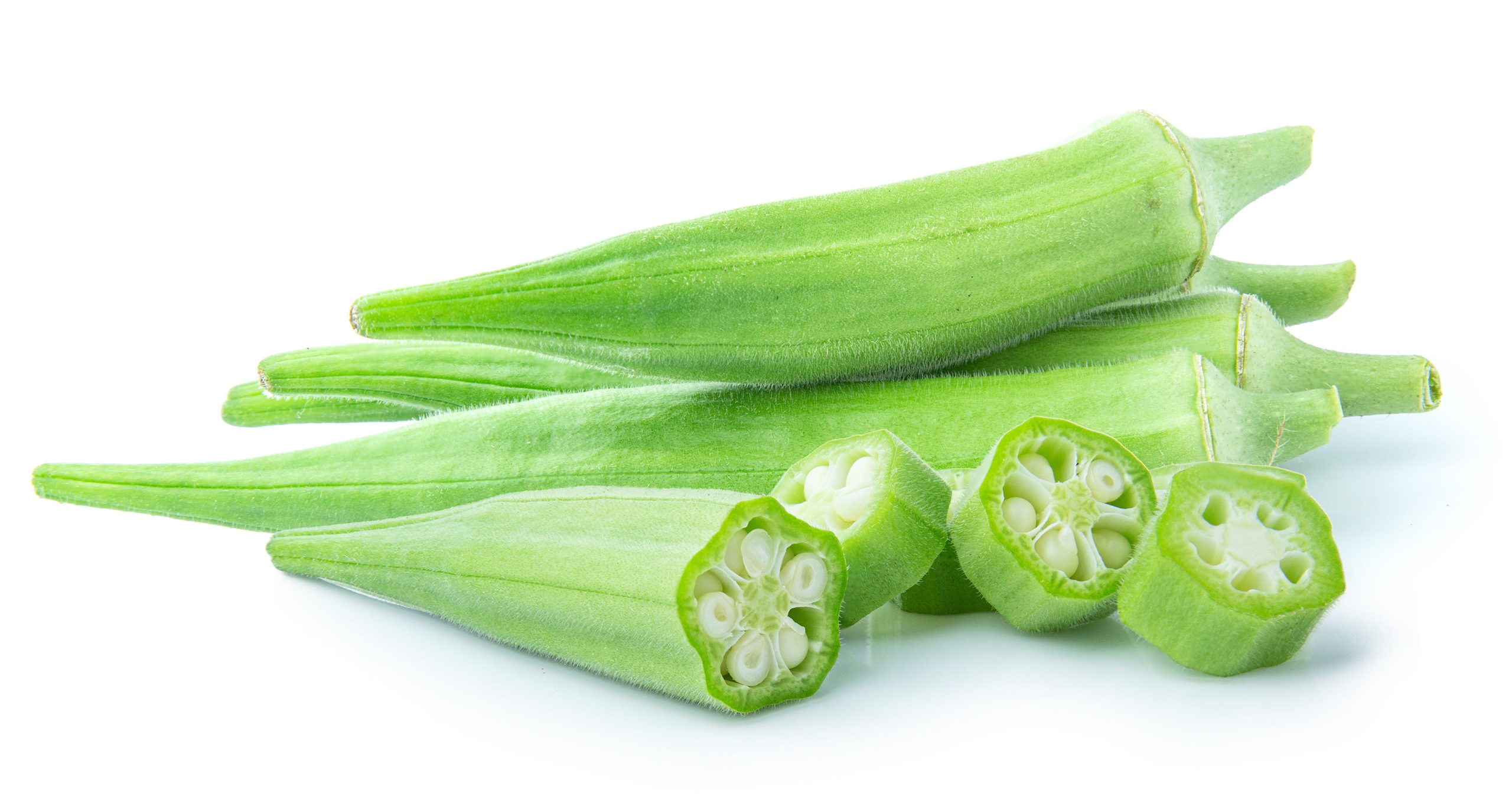Seasons/Availability
Okra is available year-round.
Selection/Storage
Look for firm, bright green okra pods with no signs of discoloration. Avoid any bruised or soft areas. It is best to store okra in a plastic bag in the refrigerator and use it within one week.
Nutritional Value
Okra is high in dietary fiber, vitamin C and folate. It also contains potassium, magnesium, calcium and vitamins A, B and E. It is low in calories (35 per cup) and fat-free.
Preparation/Serving Suggestions Okra can be steamed, boiled or stir-fried as a side dish. It can also be chopped up for use in stews, soups or fried dishes like gumbo. Okra can also be pickled for later use.
Safety Tips
The slimy coating on okra may cause skin irritation in some people so it is advised to wear gloves when handling it. Be sure to wash okra thoroughly before cooking and eating because the fuzz on the pod can contain dirt, bacteria, and pesticides. Additionally, boiling okra for too long will turn it mushy so be sure to not overcook it.
When cooked properly, okra offers a unique taste that many find hard to resist! It’s nutritional value is an added bonus for those looking for a healthy side dish or snack option. Plus, with its versatility in preparation methods there are lots of options available when using okra in cooking. So don’t be afraid to give this tasty vegetable a try!





